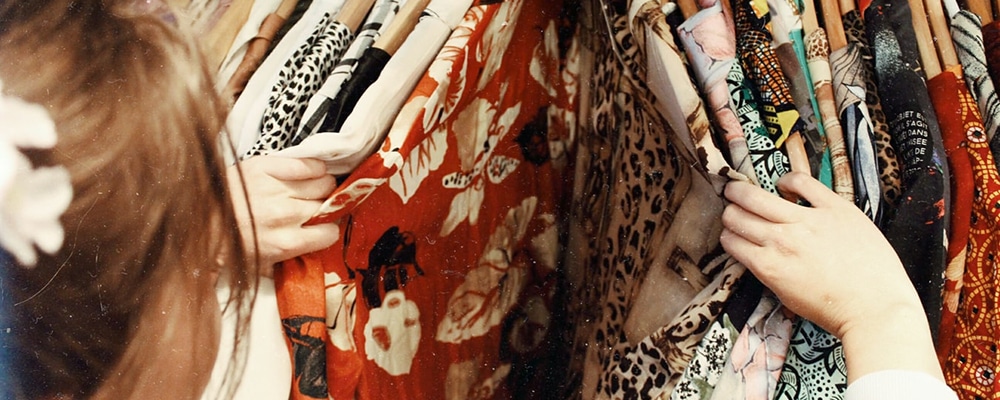Customers are motivated by the way a retailer sets up their store and creates a total experience. All a retailer’s merchandising mediums help support this process. The customers are enticed by the exterior appeal and window displays and educated and ultimately convinced by the in- store signage and adjacency of products.
Customers shopping experiences are driven by two things – how they feel and how they think. We have all been in that situation where it seems to make logical sense for the customer to make a purchase and yet they don’t.
It is true that a great price point and great product are all logical motivators for our customer; however, our customer’s emotional needs are much stronger in driving the customer’s decision to purchase or return to the store in the future. Elements such as the in-store atmosphere, the energy and engagement of the sales assistants and the general visual appeal of the store are all strong emotions that our customers seek fulfilment from when they visit us. They want to feel good about shopping and purchasing.
Store image
Even though there are many influences at work in the shopping experience, the look of a store holds the most influence in enticing us through the doors. We even tend to sum up that initial in-store encounter in visual terms: a store is exciting, clean or well-organised or, at the other end of the scale, boring, messy, or overwhelming. It is not enough anymore for a store to just look good from a merchandising or display standpoint.
Store image will include:
· The window displays
· The front entrance
· Fixtures and fittings
· Signage
· Staff personal presentation
Today, a store not only must perform by exciting and encouraging the customer to buy, but from the retailer’s point of view, it must perform profitably. Image can be described as the overall look of a store and the series of mental pictures and feelings it evokes within the customer. For the retailer, developing a powerful image provides the opportunity to embody a single message, stand out from the competition and be remembered.
Store image can be impacted by:
· Position and location of the store
· Product range and selection
· Customer profile
· Floor space
· Sales and profit requirements
The visual merchandising standards of an organisation create the retail image a store presents and should be noticeable in the design of the whole store. You need to understand and apply your organisations standards as part of implementing a Visual Merchandising plan.
To learn how to steer your success as a team leader, the ARA Retail Institute runs multiple workshops on leadership and team culture. Join the ARA Retail Institute in their latest workshop which looks into how a team’s attitude and behaviours influence the outcome of challenging customer moments.
{{cta(‘8a608211-f7d5-4a9b-b6b7-234c008ddd96′,’justifycenter’)}}
About ARA Retail Institute
ARA Retail Institute is Australia’s leading retail training provider for both accredited and non-accredited learning programs. For more information, please visit: www.retailinstitute.org.au




















